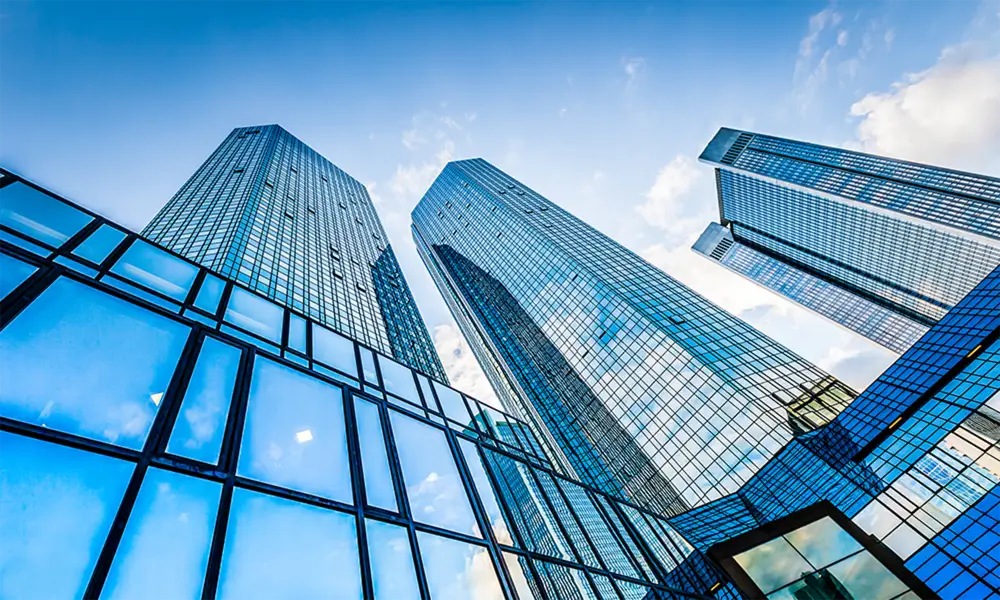

Understanding Low-E 240 Glass A Comprehensive Overview
In the modern architectural world, energy efficiency and sustainability have become paramount considerations. One material that significantly contributes to these goals is Low-E (low emissivity) glass. Specifically, Low-E 240 glass has emerged as an important player in energy-efficient building designs, providing a range of benefits that cater to both functional and aesthetic demands.
What is Low-E Glass?
Low-E glass is a type of glazing that has been treated to minimize the amount of infrared and ultraviolet light that can pass through it without compromising the amount of visible light. This treatment involves applying a microscopically thin coating that reflects heat and filters harmful UV rays, significantly enhancing the insulation properties of the window or façade. The 240 designation refers to the specific wavelength of light that the glass is designed to reflect — in this case, primarily in the infrared spectrum.
Energy Efficiency
One of the foremost advantages of Low-E 240 glass is its capability to improve energy efficiency in buildings. Traditional glass allows substantial heat to escape during the winter months and enter during the summer, leading to increased energy consumption for heating and cooling. In contrast, Low-E 240 glass reflects heat back into the building in the winter and blocks excess solar heat during the summer. This characteristic can result in a considerable reduction in energy bills, sometimes by as much as 30% to 50%, depending on the climate conditions and building design.
Comfort and Aesthetics

In addition to energy savings, Low-E 240 glass enhances indoor comfort. By maintaining more consistent indoor temperatures, it minimizes drafts and cold spots, creating a more pleasant living or working environment. Furthermore, this glass allows natural light to filter through while blocking harsh glare and UV rays that can fade furniture and artwork. As a result, spaces remain bright and inviting without compromising on comfort or aesthetic appeal.
Environmental Impact
The adoption of Low-E 240 glass also supports broader environmental goals. With stronger regulatory pressures to reduce carbon footprints, the installation of energy-efficient materials is crucial in helping buildings meet sustainability certifications such as LEED (Leadership in Energy and Environmental Design). Lower energy consumption translates into fewer greenhouse gas emissions, making Low-E 240 glass an environmentally friendly choice for new constructions and renovations alike.
Installation and Maintenance
Installing Low-E 240 glass requires specialized knowledge to ensure optimal performance. It is essential to work with experienced professionals who understand the nuances of glazing design and energy performance. Moreover, while Low-E glass is designed for longevity, regular cleaning with non-abrasive materials can help maintain its clarity and effectiveness over time.
Conclusion
In conclusion, Low-E 240 glass represents a significant advancement in glass technology. Its combination of energy efficiency, comfort, and environmental sustainability makes it an ideal choice for various applications, ranging from residential homes to commercial buildings. As society continues moving toward greener construction practices, materials like Low-E 240 glass will play a pivotal role in shaping the built environment. By investing in such technologies, both property owners and builders can contribute to a more sustainable future while enjoying the numerous benefits that this specialized glass offers. Whether you’re constructing a new building or retrofitting an existing one, Low-E 240 glass is definitely worth considering to enhance energy efficiency and comfort.